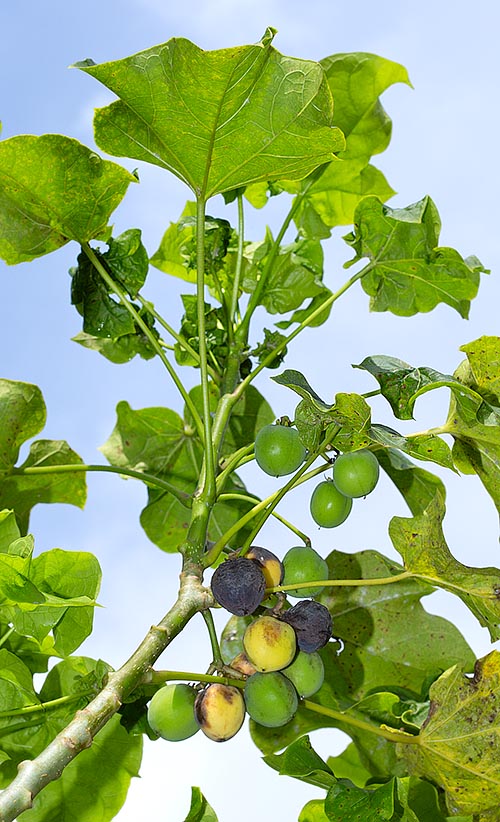
Mission Biotechnologies Sdn. Bhd
Add a reviewOverview
-
Sectors 3D and Animation
-
Posted Jobs 0
-
Viewed 46
Company Description
Jatropha a Viable Alternative Renewable Resource

Constantly the biodiesel market is trying to find some option to produce renewable resource. Biodiesel prepared from canola, sunflower and jatropha can replace or be integrated with standard diesel. During very first half of 2000’s jatropha biofuel made the headings as an extremely popular and appealing alternative. It is prepared from jatropha curcas, a plant species native to Central America that can be grown on wasteland.
Jatropha Curcas is a non edible plant that grows in the arid areas. The plant grows really rapidly and it can yield seeds for about 50 years. The oil received from its seeds can be used as a biofuel. This can be mixed with petroleum diesel. Previously it has actually been utilized two times with algae combination to sustain test flight of airlines.
Another favorable technique of jatorpha seeds is that they have 37% oil material and they can be burned as a fuel without refining them. It is likewise utilized for medical function. Supporters of jatropha biodiesel say that the flames of jatropha oil are smoke totally free and they are effectively evaluated for easy diesel engines.

Jatropha biodiesel as Renewable resource Investment has actually brought in the interest of many business, which have actually tested it for vehicle usage. Jatropha biodiesel has actually been roadway checked by Mercedes and three of the cars and trucks have actually covered 18,600 miles by utilizing the jatropha plant biodiesel.
Since it is since of some downsides, the jatropha biodiesel have actually ruled out as a wonderful eco-friendly energy. The most significant problem is that nobody knows that exactly what the productivity rate of the plant is. Secondly they don’t understand how large scale growing may impact the soil quality and the environment as a whole. The jatropha plant requires five times more water per energy than corn and sugarcane. This raises another problem. On the other hand it is to be kept in mind that jatropha can grow on tropical environments with annual rains of about 1000 to 1500 mm. A thing to be noted is that jatropha needs correct irrigation in the first year of its plantation which lasts for decades.
Recent study states that it is real that jatropha can grow on abject land with little water and bad nutrition. But there is no proof for the yield to be high. This may be proportional to the quality of the soil. In such a case it might require high quality of land and may need the same quagmire that is dealt with by most biofuel types.
Jatropha has one primary drawback. The seeds and leaves of jatropha are harmful to humans and livestock. This made the Australian federal government to ban the plant in 2006. The declared the plant as intrusive species, and too risky for western Australian farming and the environment here (DAFWQ 2006).
While jatropha has stimulating budding, there are number of research study obstacles remain. The value of cleansing needs to be studied since of the toxicity of the plant. Along side a systematic study of the oil yield have actually to be undertaken, this is very important because of high yield of jatropha would probably needed before jatropha can be contributed considerably to the world. Lastly it is also very crucial to study about the jatropha species that can survive in more temperature level climate, as jatropha is quite limited in the tropical environments.
